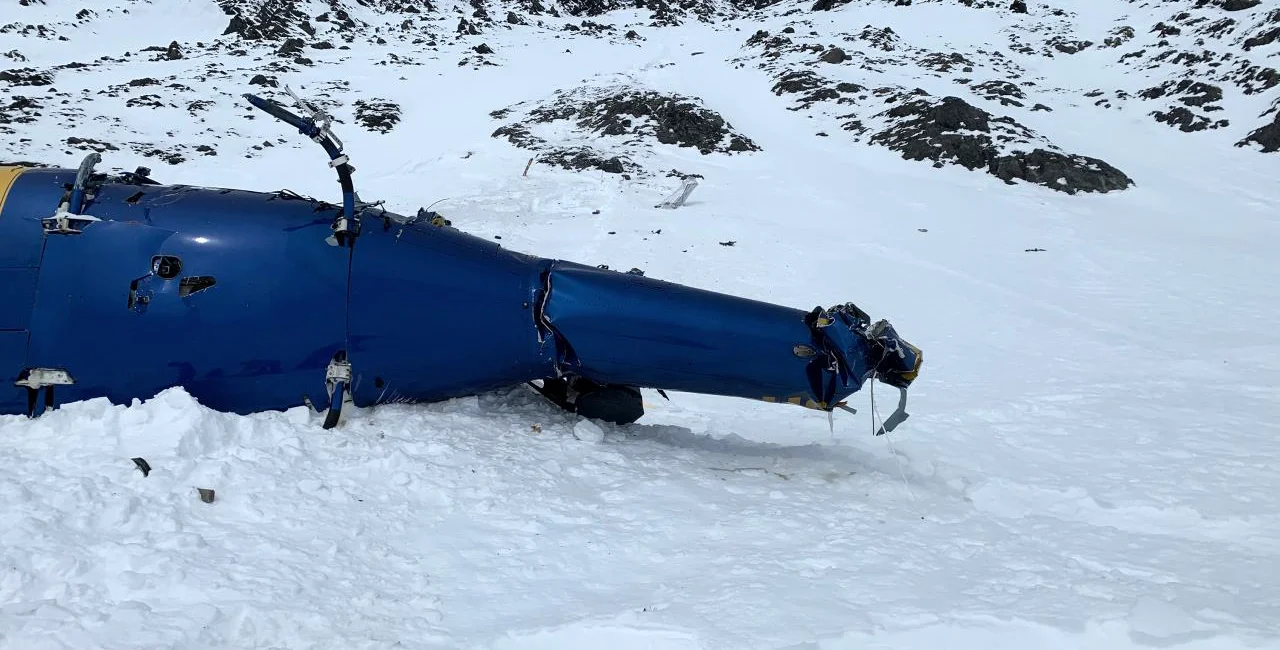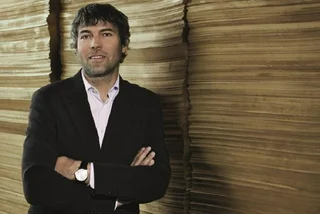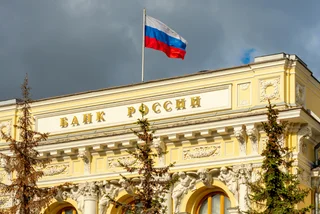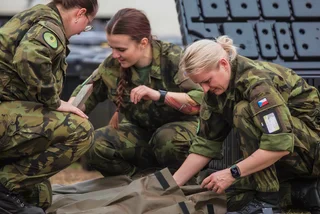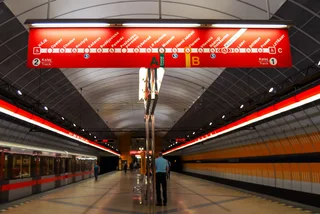The helicopter crash on March 27 that resulted in the death of Czech billionaire and PPF Group majority owner Petr Kellner and four others in Alaska was likely caused by a combination of unfortunate circumstances, and not a technical defect, PPF Group's communication director Vladimir Mlynář said.
Mlynář based his assessment on the testimony of Czech photographer and snowboard coach David Horváth, the only survivor of the accident, but added that it is up to the investigators to assess the fatal accident. The U.S. National Transportation Safety Board (NTSB) is expected to release a preliminary report on the accident next week.
"Based on my conversation with David Horváth, I can only say that there is no sign of a technical failure. It was really an interplay of some unfortunate circumstances, weather, and landing conditions," Mlynář said, according to Czech Radio.
Kellner, 56, died on a heli-skiing trip together with Gregory Harms, 52, of Colorado; Benjamin Larochaix, 50, of the Czech Republic; Sean McManamy, 38, of Alaska; and pilot Zachary Russell, 33, of Alaska.
The sole survivor, Horváth, was sent to Providence Alaska Medical Center in Anchorage in serious condition, which was later upgraded to good. Hospital representatives have since said they can no longer give out any information on Horváth, and that he is not in the patient registry. It is unclear whether he has been released from the hospital, or whether this was simply to protect his privacy.
Heli-skiing is an extreme sport involving downhill skiing or snowboarding where the start of the trail is reached by a helicopter instead of a ski lift.
The Airbus AS350 B3 helicopter crashed into a mountain near the Knik Glacier at Palmer, Alaska, close to the city of Anchorage. The helicopter rolled several hundred meters down a slope.
People familiar with the crash area have pointed out that whirlwinds between the valleys are very strong and can easily affect a helicopter, Mlynář said.
"It is very dangerous, and such a thing can simply happen," Mlynář said.
He told Czech Radio said he has no information on on the progress of the NTSB investigation, adding that similar investigations usually take one to two years to complete.
A 12-member team of investigators from the NTSB is examining the helicopter debris, which has already been transported to Anchorage. Some of the electronics have been sent to the manufacturer in France in the hope that some information about fuel pressure, speed, and temperature can be obtained from it.
Clint Johnson, head of the Alaska regional office of NTSB, said that survivor Horváth was willing to help the investigation and had provided “valuable information” about the crash, according to Alaskan media sources.
“An NTSB operations investigator, a human performance investigator, and a helicopter specialist had the opportunity to talk with the surviving passenger,” Johnson said.
A GPS device that was supposed to send a message in case of emergency was on the helicopter but apparently did not function. "The rescue coordination center did not receive this warning. So we're going to look at why that happened. I don't know if it was damaged. We found it, but we are still evaluating it," Johnson added.
The Czech Air Accidents Investigation Institute (ÚZPLN) announced that it would not send its own experts to Alaska to inspect the site, even though Czech citizens were involved, as the crash was being handled by the NTSB.












 Reading time: 3 minutes
Reading time: 3 minutes 